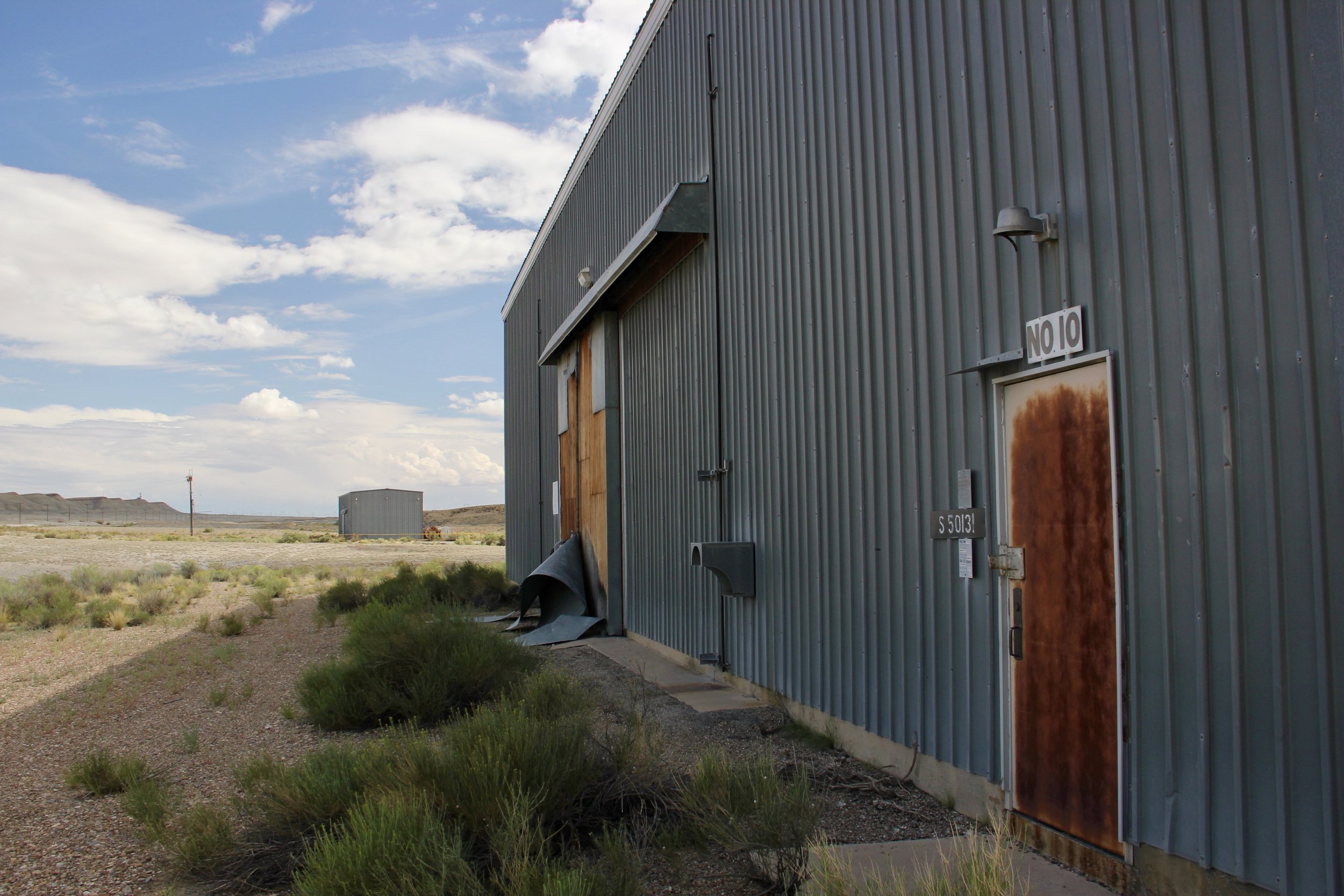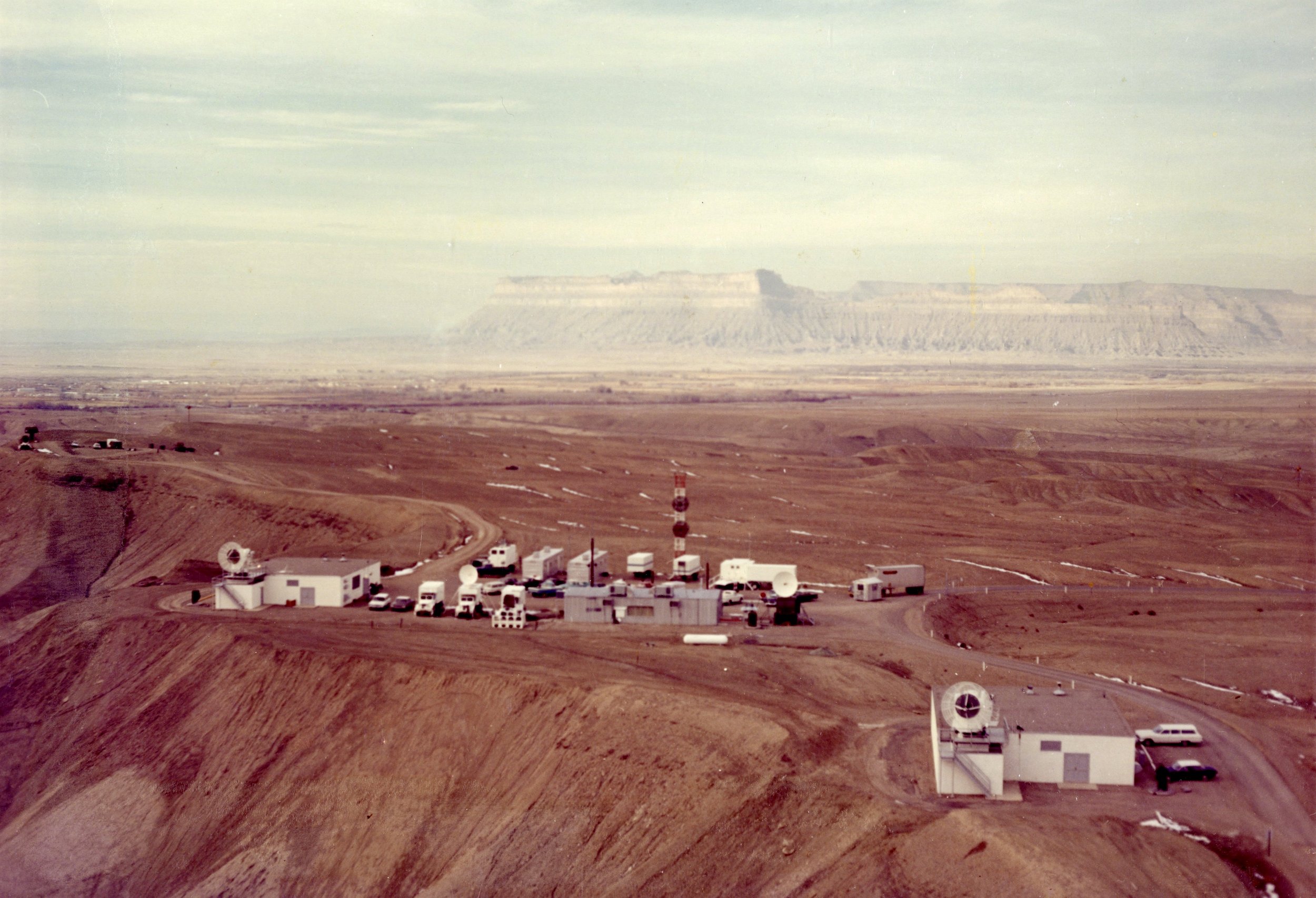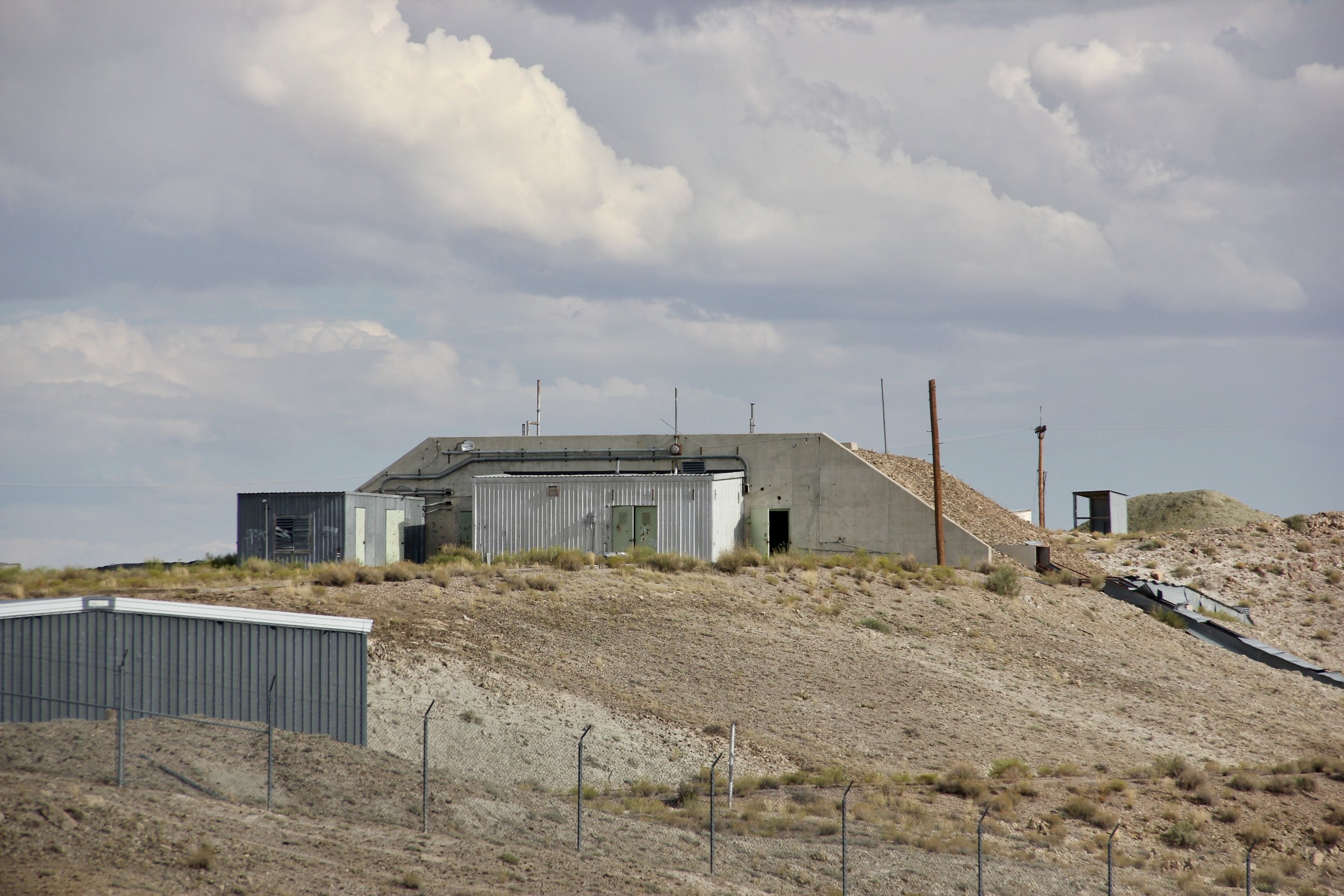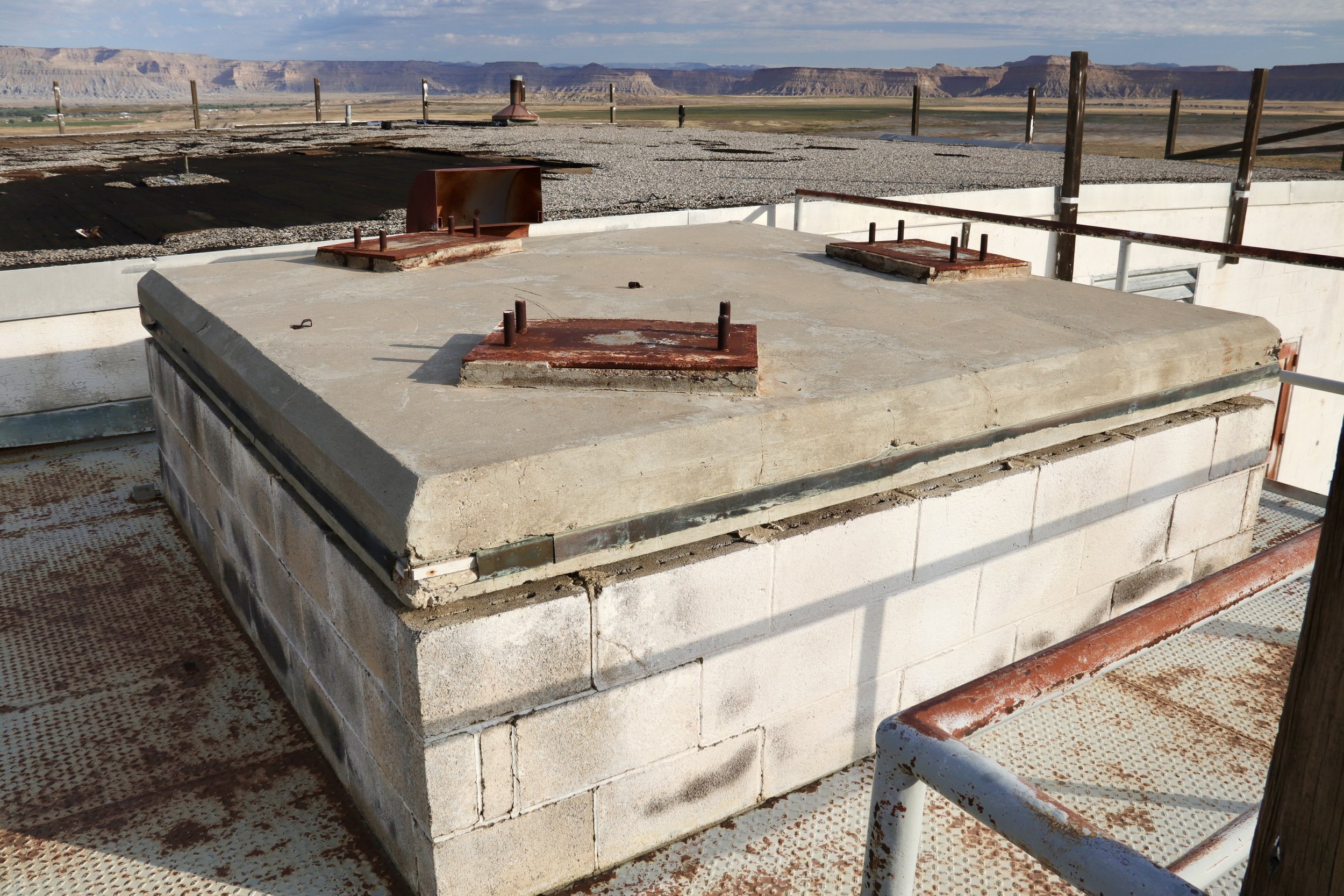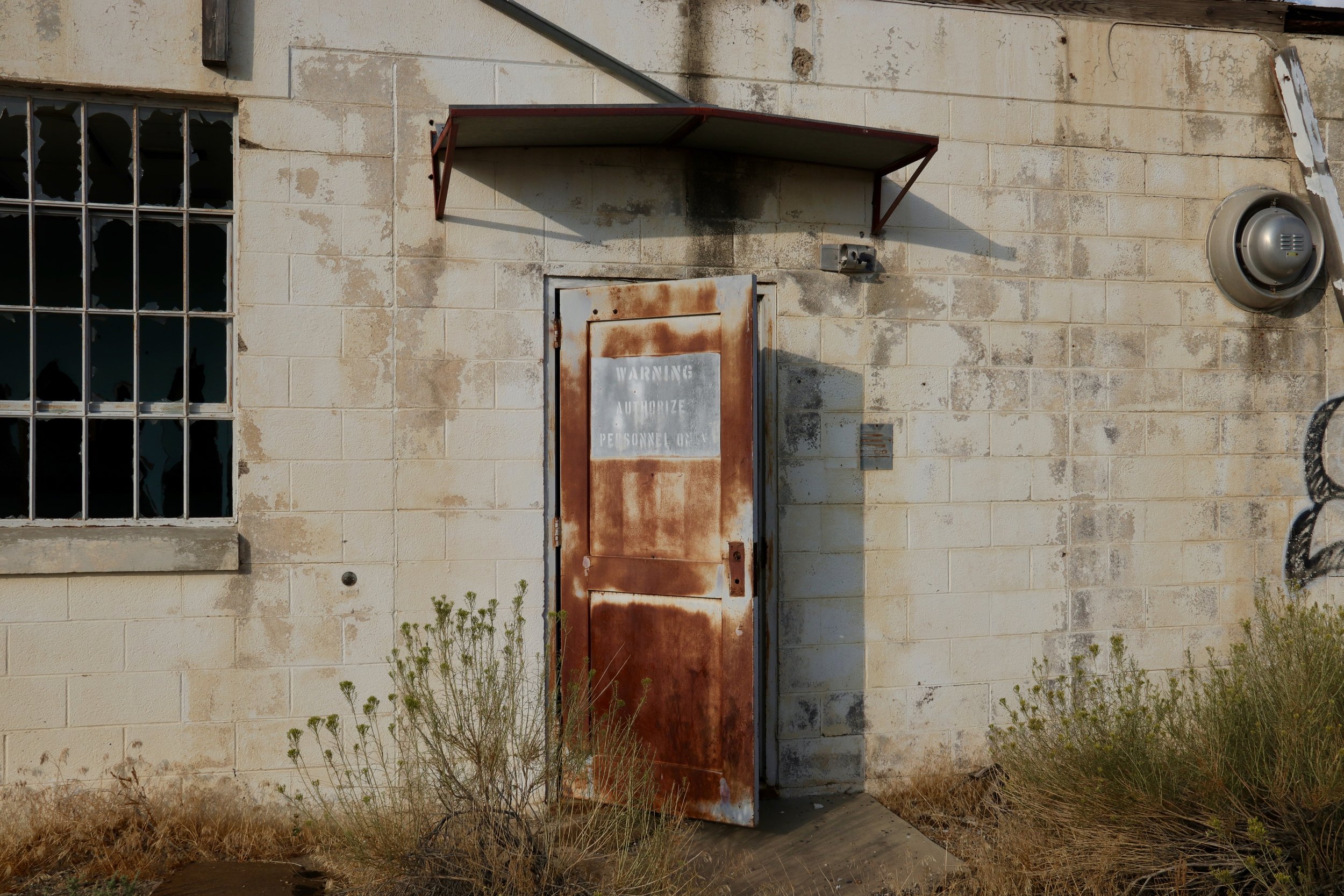
White Sands Missile Range Utah Launch Complex - Green River, UT
Green River, Utah is where the idea of Cold War Tourist began. While planning a trip to the San Rafael Swell, one of my maps revealed a sectioned area very near Green River labeled “Utah Launch Complex White Sands Missle (sic) Range”. Hmmm, I already knew that White Sands Missile Range was located in southern New Mexico but I wasn’t aware that there was a detached section in Utah. I made a mental note to explore the area during my trip.
What I found was a totally abandoned launch facility complete with launch pads, assembly and service buildings, cable raceways and a concrete blockhouse. The perimeter was fenced but the gate was wide open. Let’s take a closer look.
The Utah Launch Complex is a sub-installation of White Sands Missile Range located on the south side of I-70 near Green River, UT. The base is abandoned but was the site of numerous Athena rocket and Pershing missile test launches with final impact at WSMR, NM over 400 miles to the south. This facility is significant because it was one of the few examples of long-term, interstate flight testing within the continental United States. Other than being co-located, the Athena and Pershing test programs had separate and distinct purposes and were completely unrelated to each other.
Athena
Athena was part of the Air Force’s Advanced Ballistic Re-Entry Systems (ABRES) program which sought to test the performance of various technologies related to ICBM development. Specifically, hundreds of Athena rockets were launched with test packages designed to test the following:
Penetration aids including chaff and warhead decoys to confuse enemy tracking.
Re-entry radar signatures.
Survivability of heat shield materials and nose cone designs.
Warhead arming and fusing.
Athena was a 50 ft long, four stage rocket with two stages firing upward until the rocket reached apogee followed by two stages pushing downward to direct the impact.
Each launch pad was equipped with a Temperature Controlled Environmental Enclosure (TCEE) which protected Athena and its sensitive components from the effects of temperature and adverse weather conditions. These enclosures moved on steel tracks and would slide out of the way prior to launch.
Cantonment Area and Magazines
Athena rocket motors were kept in explosives magazines located roughly two miles east of the cantonment area. The magazines were basically steel frame, metal-clad buildings equipped with explosion-proof lighting and overhead cranes.
Assembly Area
Atlantic Research Corporation (ARC) was responsible for Athena rocket and payload assembly and they occupied a former Union Carbide facility previously used for milling uranium. This assembly area was adjacent to the south side of the cantonment area.
ROD Hill
Base support was provided in the cantonment area which is located much closer to town. This area included offices, a mess hall, a small fire department, guard shack and other structures for supply, transportation and engineering.
On the north side of Interstate 70, on top of a ridge overlooking most of the range facilities, is the Range Operations Directorate. The buildings in this area housed radar and communications equipment used to track Athena, post-launch. Two FPS-16 radars ensured that Athena was staying within its planned flight path. If an unsafe deviation occurred, a destruct command could be sent that would destroy the rocket in-flight and terminate the mission.
The Athena program was cost-effective in that it used reduced scale models of ICBM payloads during flight testing. Test results were incorporated into ongoing design improvements of ICBMs such as Minuteman as well as sea-launched ballistic missiles including Polaris.
Launch Area
The launch area is located just outside of town and primarily consists of the blockhouse and three launch pads with service enclosures. The blockhouse layout included the launch console as well as telemetry and meteorological equipment.
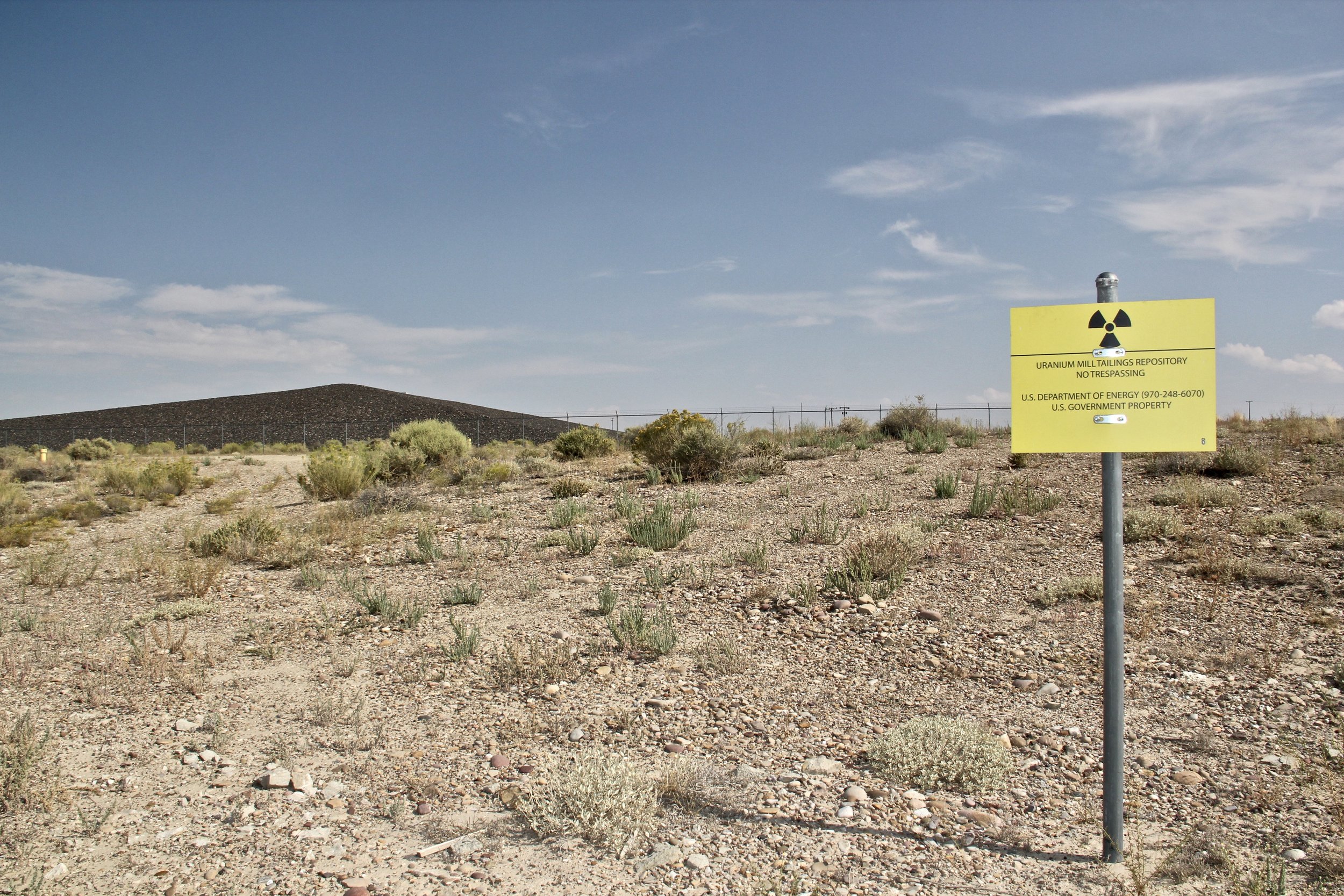
Uranium Legacy
Uranium ore was milled here by Union Carbide from 1958 to 1961. The waste from that operation consists of radioactive tailings which are permanently stored onsite in an engineered containment cell. The cell encapsulates 501,000 tons of contaminated material and is situated next to the ARC facilities.
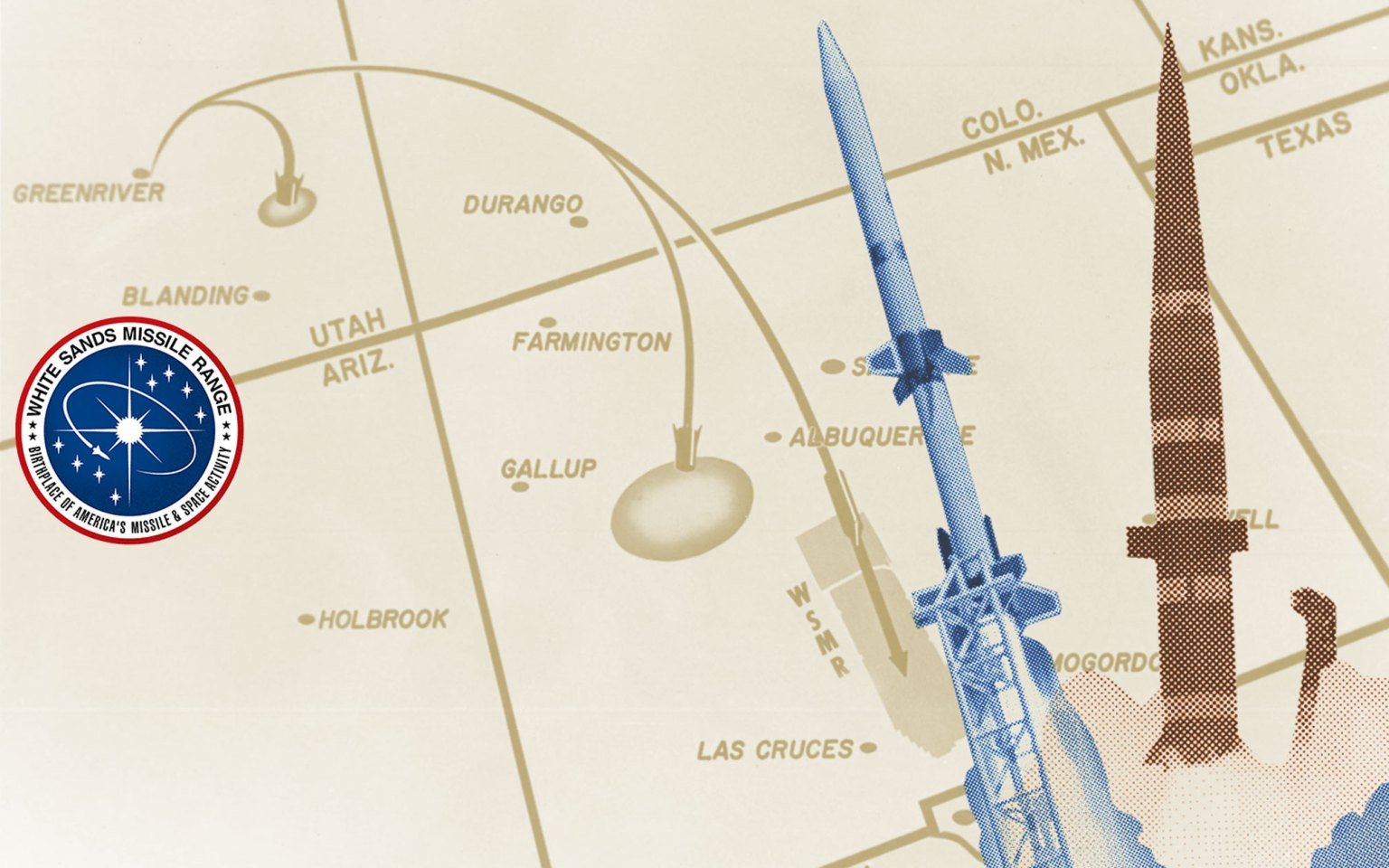
Athena Booster Impact Zones
As the Athena payload travelled to its final destination at White Sands Missile Range in southern New Mexico, spent stages were separated from the rocket and fell to earth at various intervals. The first stage generally dropped in the vicinity of the Needles District of Canyonlands National Park. The resulting wreckage was typically retrieved by the military but some wreckage sites can be located with a bit of detective work and some short hikes.
Athena wreckage site in Lockhart Canyon, Utah.
Another Athena wreckage site, Part 1.
Another Athena wreckage site, Part 2.

Thiokol Recruit motor.
Thiokol Castor Motor nozzle.
Lockhart Canyon wreckage site viewed from Needles Overlook.
Stabilizing fins.
At this location in Lockhart Canyon, various parts of the Athena first stage are clearly identifiable.

Malfunction sends Athena off course (to Mexico!)
It happened on July 11, 1970 due to a misfire of the Athena’s 4th stage. As if crossing an international border wasn’t bad enough, the payload included two small vials of Cobalt 57, a radioactive isotope used to monitor the rate of ablation of the nose cone. What followed was a delicate interaction between former Athena project engineer, Carlos Bustamante, and Mexican officials. Bustamante was well qualified for the job as he understood the Athena system, was very familiar with WSMR and spoke fluent Spanish.
Bustamante in his own words.
Ultimately, a team of U.S. personnel were allowed to enter Mexico to search for the crash site, which proved to be quite challenging due to the size of the geographic area. The nose cone was finally located by an aircraft from the Atomic Energy Commission equipped with special sensors for detecting Cobalt 57. A separate team arrived from the U.S. by train in September, 1970 with heavy equipment and living quarters for team members. They constructed a road and retrieved enough contaminated soil to fill 60 drums. The entire recovery operation, dubbed “Operation Sand Patch” cost $104,000., a relative bargain.
Photo of rail cars from Mexican newspaper.
Operation Sand Patch (WSMR photo)


